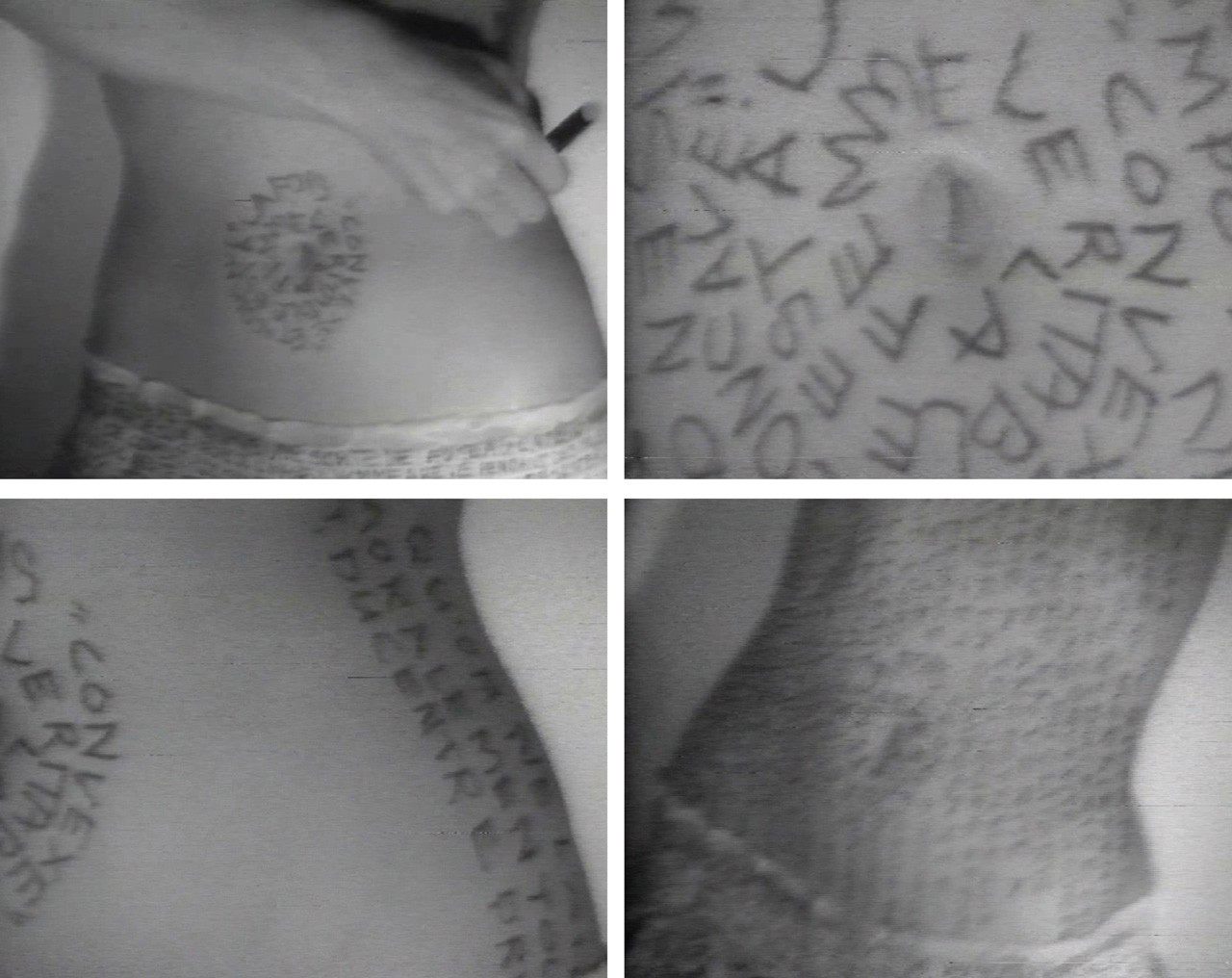- Open Today: 10.00–18.00
- Ticket
- Shop
- Membership
- TR EN

Nil Yalter, 1938
The Headless Woman or the Bellydance, 1974
Born in Cairo to Turkish parents in 1938, Nil Yalter moved to Istanbul with her family when she was four, then moved to Paris in 1965. She studied at Robert College in Istanbul but was never academically trained in the arts. Growing up during the period of democratization and Westernization in Turkey, the artist learned French from her grandfather and began engaging with different art disciplines. She started exhibiting her work before she moved to Paris in addition to acting in and designing costumes for the theater.
The artist’s firsthand experience of the 1968 movement in Paris, as well as the political climate of Turkey in the 1970s, impacted her practice noticeably. Another important influence was the development of second-wave feminism, particularly in the United States during the 1970s. Around that time, Yalter began moving away from the canvas and utilizing different narrative techniques as tools for representation. Her video piece “The Headless Woman or the Belly Dance” (1974) was the first work of video art in Turkey and a turning point for video art in France. In the video she focuses her camera on her own belly and writes on it an excerpt from Erotique et Civilizations by René Nelli to the accompaniment of belly-dancing music. She therefore draws together the Oriental fantasies of men and the demand for bodily freedom of women.
“A veritable woman is ‘convex’ and ‘concave’ at the same time. But she need not be deprived mentally or physically of the central part of her convexity: the clitoris (…). This aversion to the clitoris corresponds to man’s ancestral horror of this virile and natural part of woman, this part which is capable of absolute orgasm.” René Nelli, Erotic and Civilizations (Paris: Weber, 1972)
Film / Video
Single-channel video on DVD, black&white, sound
Dr. Nejat F. Eczacıbaşı Foundation Collection
Istanbul Museum of Modern Art / Long term loan